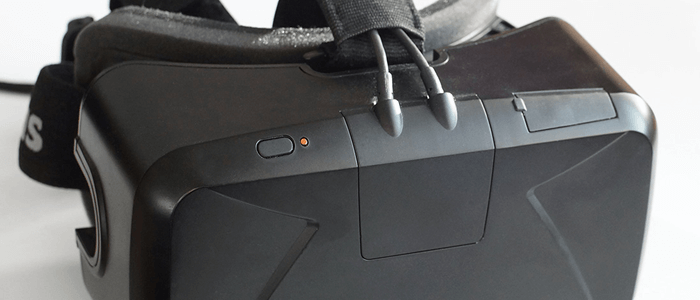 CES 2016 delivers an Oculus Rift final price of $599. Consumers are unhappy, but so what?
CES 2016 delivers an Oculus Rift final price of $599. Consumers are unhappy, but so what?
Oculus VR Palmer Luckey delivered an ‘aw shucks, I blew it’ after the announcement of the consumer price of the headset when expectations of a $350 price (admittedly, the price of the developer kit – which is high at that for a developer kit) weren’t met.
There is a takeaway here for startups and hype. Final pricing was certainly known but withheld for the longest time for the purpose of maximizing hype.
Once final pricing is announced, some potential customers will always drop away. That’s been the lesson in consoles for quite some time, with Sony, Microsoft and Nintendo dropping hints into the press to test pricing sensitivity without committing to a pricing model until they are certain they can maximize revenue with the one they go with. And that works extremely well when you are talking about premium consumer devices you really don’t need but want- like Oculus Rift or gold plated Apple Watches.
People who spend on premium consumer devices are buying adult toys. They are wonderful customers to have. But are they your customers?
Many start ups take a very long time to deliver a pricing model because they recognize pricing sensitivity – if the announced price is too high, users will walk. And you don’t want them walking when you want them investing time in your product – investing their time and increasing their satisfaction – so that long, free beta is a very nice thing.
There comes a time when you actually do need to lock down pricing – the intersection between how infrastructural the product is, and high pricing sensitivity. In other words: the small to medium sized business market.
I eyeball start ups every day, and a great many target the SMB market. But there is a lot of struggling there, because if you don’t catch their attention the first time, they will move on and select something else. They see a purchase as a commitment to a system that could last for years – that’s why Windows 95 based POS devices are not dying out with the desktops. They don’t want to have to invest in new training constantly. And they can tell quickly if your business plan is to exit in five years or less by selling out to a competitor that could kill your product or service. They want pricing models from the get go.
A lot of startups solve the SMB conundrum by targeting – yes, other start ups. If you have a tiny but highly technical staff and everyone is a sharp data worker who can pretty much self train, those SMB apps fit well.
The moral of the story: sell gold plated Oculus Rift devices if you can. If you can’t, then check your target customer’s pricing sensitivity when you decide when to announce your pricing model.
Oh yeah – and stop by one of my favorite start ups: onerender.com.